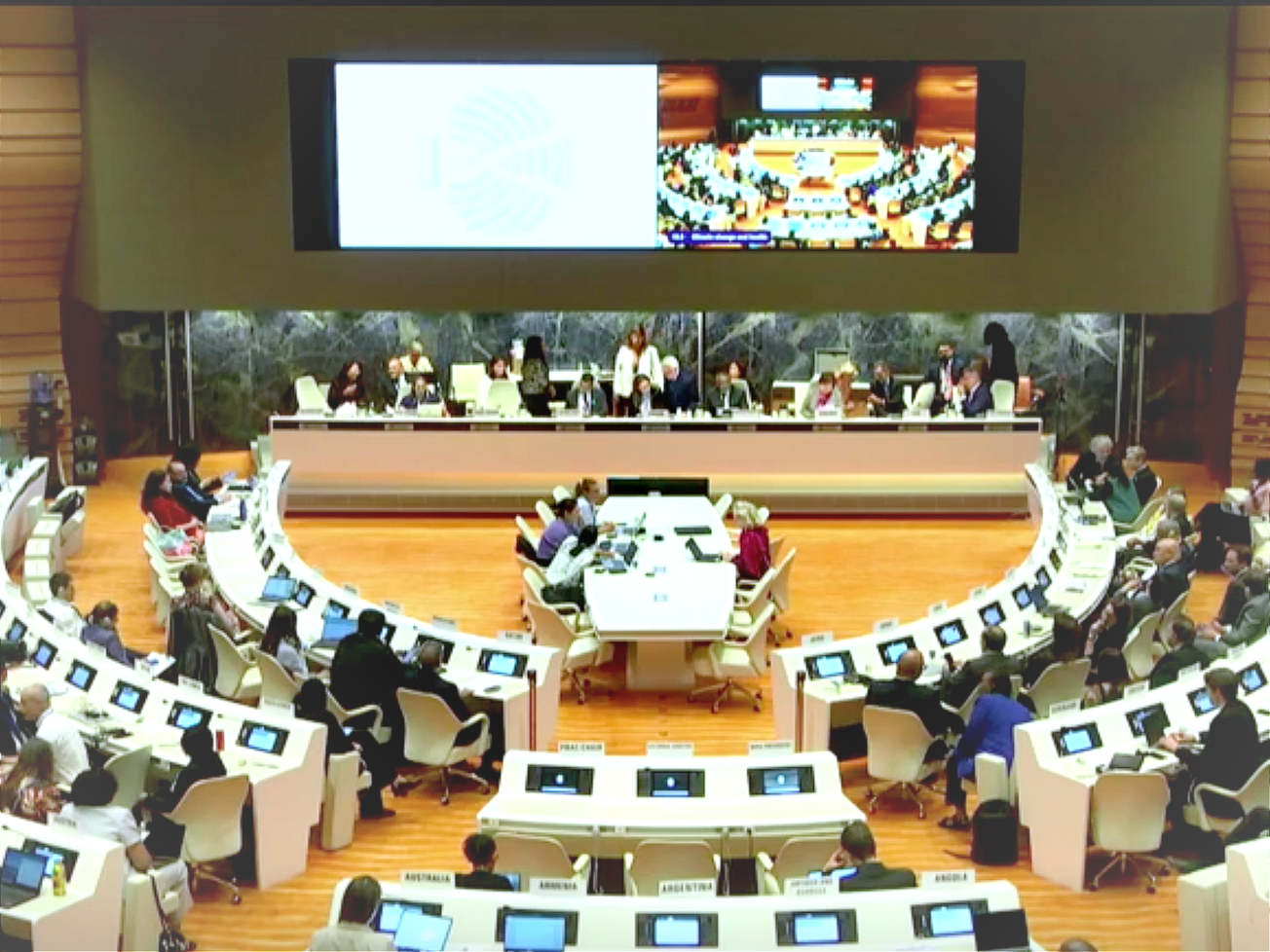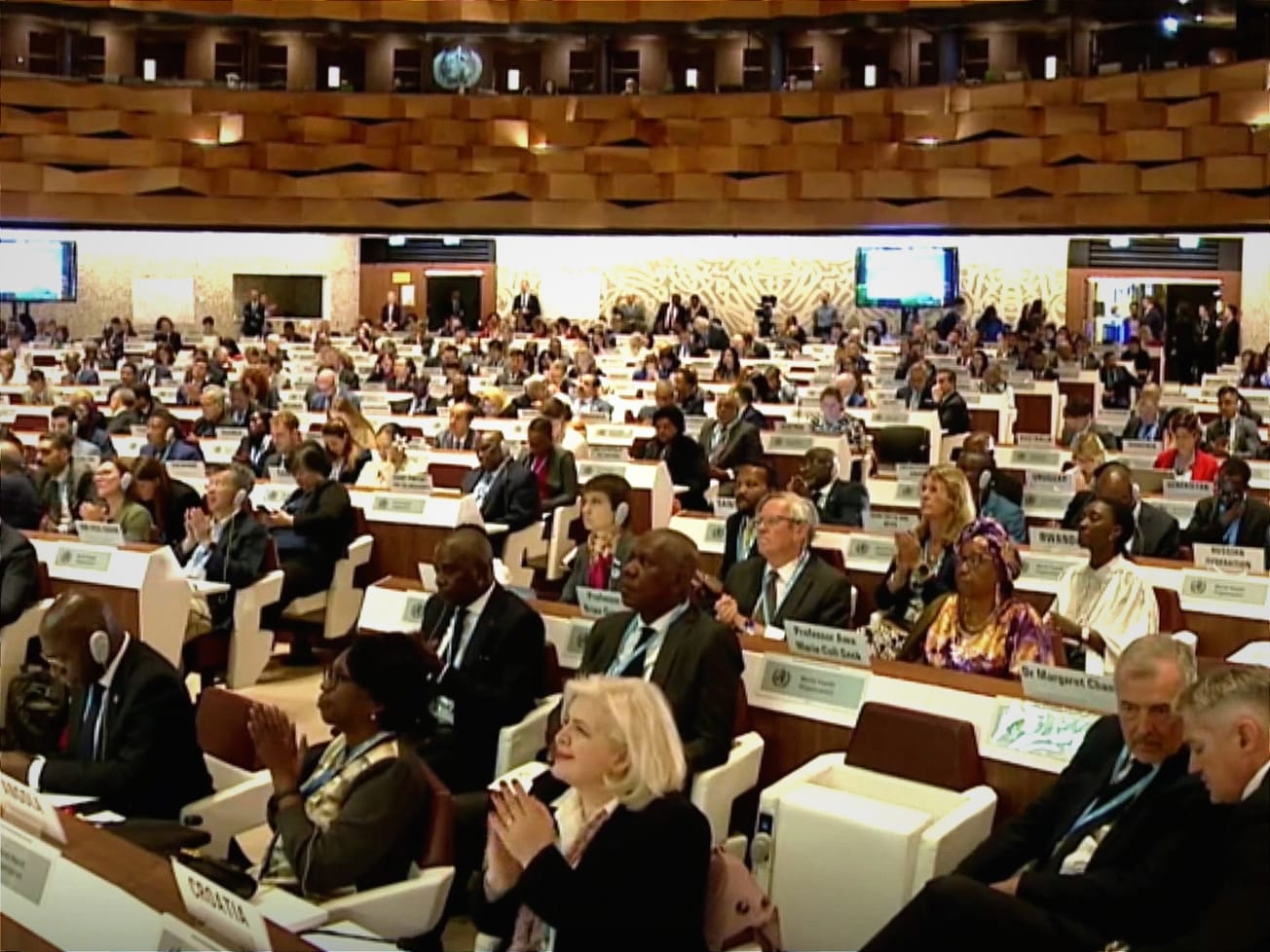GENEVA (AN) — Almost 15 million deaths are related to the COVID-19 pandemic in 2020 and 2021 alone — more than twice the official death toll of 6.2 million — according to new estimates released by the World Health Organization on Thursday.
WHO's new 14.9 million estimate, based on a range between 13.3 million and 16.6 million, comes from factoring in the deaths of people who failed to receive adequate preventive care or treatment due to overloaded hospitals and medical clinics. Most of the "excess mortality," or 84%, came from the Americas, Europe and Southeast Asia.








